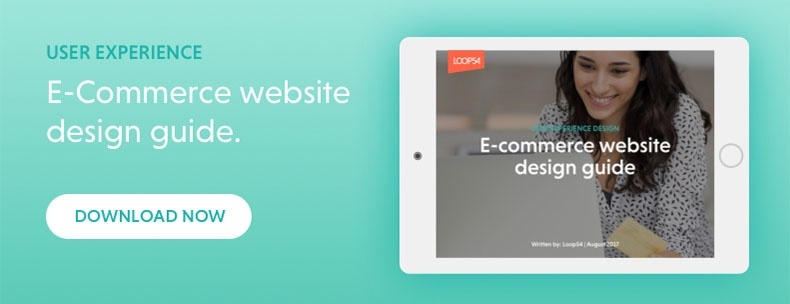It’s your birthday and you eagerly await that moment when you open your presents. One by one you scan your eyes over the pile and grab one. Excited you tear open to find a gift card for a generic department store. Disappointment. Or perhaps, as you sip your morning coffee, you open your email to scan through what came in during the night. There’s an email from the gym you hit at least 6x a week and the subject line reads “Are you training often enough?” Disappointment. These are situations that show that although there is some sort of data on you as a person, neither the friend nor the business utilized this information to enhance your experience.
With technology advancing at a rapid rate, personalisation, both of products and user experience, has become more affordable and easily available. E-commerce trends are leaning towards two particular areas: customisation of products and personalised user experience.
What will my business get from personalisation?
Even with advanced technology and the knowledge that customers will appreciate the personalisation search experience, how will this benefit your business?
Personalisation will set your business apart!
While an e-commerce facility may be part of many businesses now, customising the experience to each user will make you stand out from the crowd.
You never go out of style!
Investing in the newest trend in design and style can be expensive and shortlived, customisation for the consumer will ensure your business is always in style.
It’s not necessarily going to cost you more!
When it comes to personalising the user experience, using data you are already acquiring in an effective way actually saves you money. And when it comes to products, with web to print software you’re already making headways into production.
You will keep your customers!
According to research[1] customer loyalty is enhanced by the introduction of personalisation in the engagement process, ie. Shopping or use of service. It is, in fact, an important predictor of perceived quality, satisfaction, trust, and customer loyalty that were used in the study. So customisation can ensure a return customer, saving money on acquiring new customers constantly. And according to Econsultancy, web personalisation causes, on average, a 19% increase in sales.
Now that you’re convinced that personalisation is the way to go, what does that look like?
First, start simple and basic. Customise landing pages, site-search (we can help with that!), coupons, recommendations. Small details, which can make a big difference to your sales. Having a customised landing pages gives you up to 4x as high conversion rate as a normal page and having a customised search engine allows for the customer to not get lost or frustrated in the maze of items that are not relevant to them.
Next, there are many shipping methods available and allowing your customer to choose the way by which they receive their purchase will score big time in loyalty and appreciation.
Now that you have your website customised, site-search figured out and the product is on the way, you can begin to look for new customers.
You likely included blogging in their marketing, but is it personalised to your customers or simply a way to drive traffic to your site? Keep them there by ensuring that the content on your blogs is directed at your customers and their needs. Why show a blog for the latest in men’s winter trends, when the person currently visiting your page is a single, female from South Africa?
And to make it even better, why not employ experts in your business to assist with customer questions? For example, many clothing companies are now using bloggers and fashion experts to lend advice to individual customers. Entire businesses are based on a customer filling out a questionnaire and having a short interview with a fashion expert before getting a box of clothing delivered monthly to their homes. Other businesses have combined algorithmic recommendations with personal recommendations from experts to give the customer a more personal recommendation.
Another opportunity to personalise the e-commerce experience is through the use of community. Companies such as Etsy use like-minded users to curate each users’ homepage, giving ideas of what the individual users would likely buy based on similar people.
It takes “the many” and packages it for the individual.
People love to tangibly engage with the items they buy and the interfaces they interact with. If you can customise the experience in every detail and step possible, using data that is already available to you, you can create a win.
[1] European Journal of Marketing, Creating Customer Loyalty through Service Customization, March 2012



